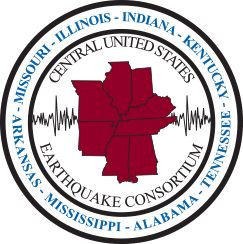Are you and your family prepared to survive an earthquake or other disaster? Do you have enough supplies to last you at least two weeks—in the event of an extended emergency situation? If you answered no to either of those questions, there are several easy and affordable things you can do to get better prepared in case disaster strikes.
Get Started!
The most important thing you can do to get better prepared for disasters is to simply get started! Here are some things you can do to help you and your family get 2 Weeks Ready.
- Build a home survival kit. Be sure to customize the kit to suit the needs of your family or individual situation.
- Put together a Grab-and-Go Bag or personal emergency kit, to take with you if you need to leave your home in an emergency.
- Secure items around your house – Step 1 of the Seven Steps to Earthquake Safety.
- Create a family emergency plan and include emergency contacts, household accounts and insurance information, etc. Templates are available at Ready.gov. CUSEC also has an Emergency Go-Kit Passport that you can download or order printed copies of.
- Become involved in community preparedness activities such as the annual Great ShakeOut Earthquake Drill or National Preparedness Month.
- Join your local Community Emergency Response Team.
If you need help getting prepared for earthquakes or other disasters, contact us or visit www.ready.gov for more information.
